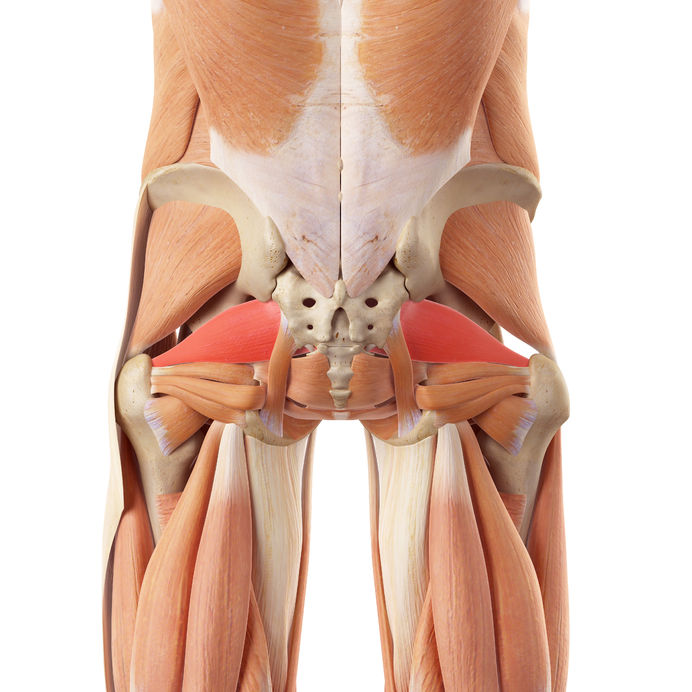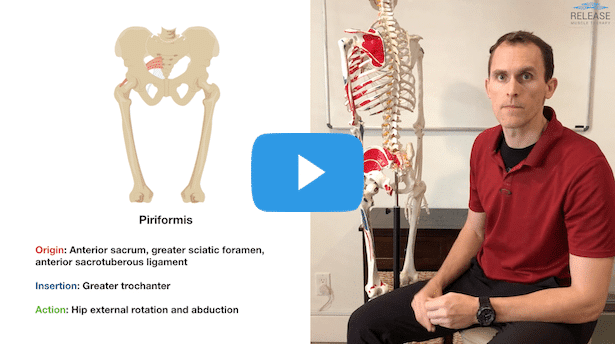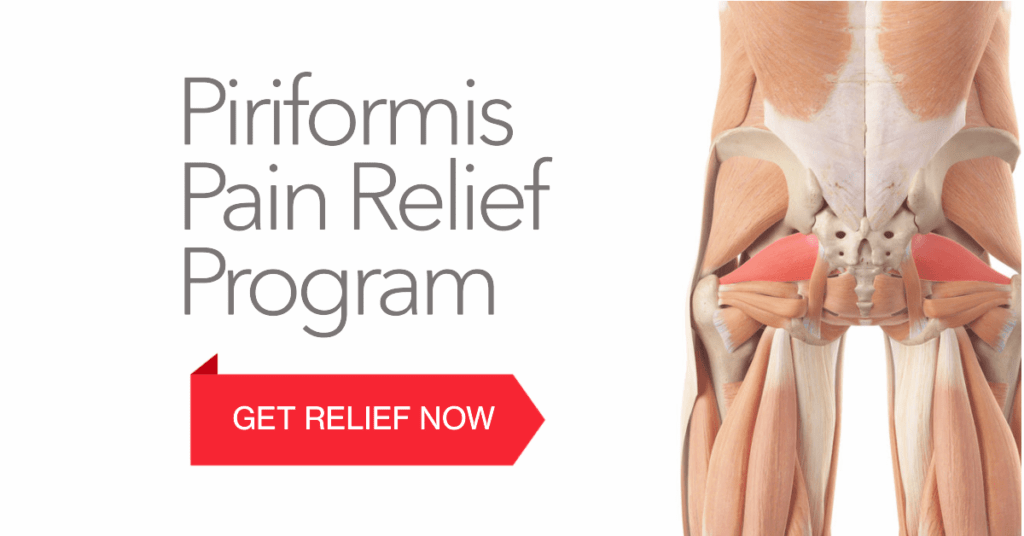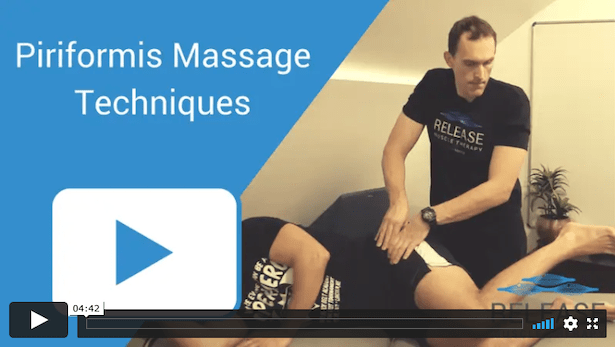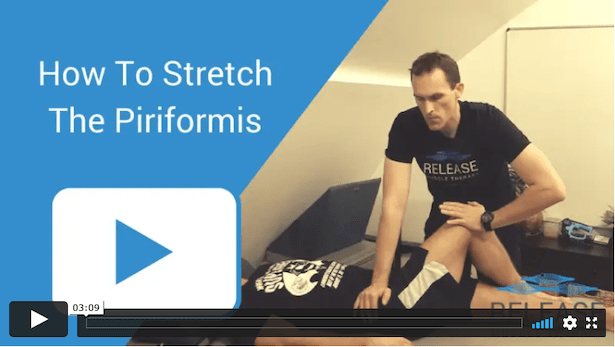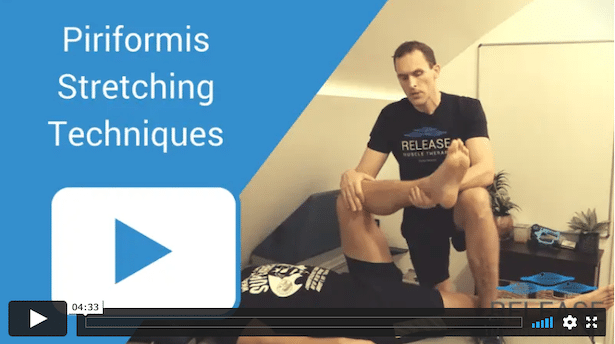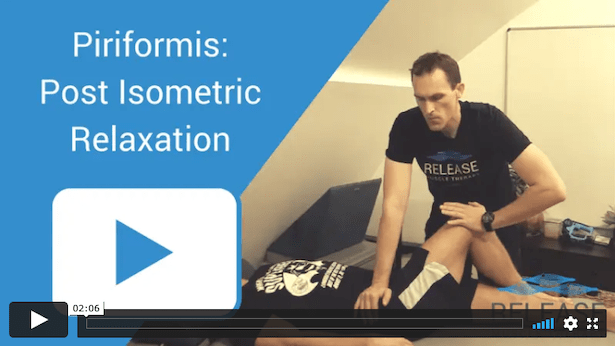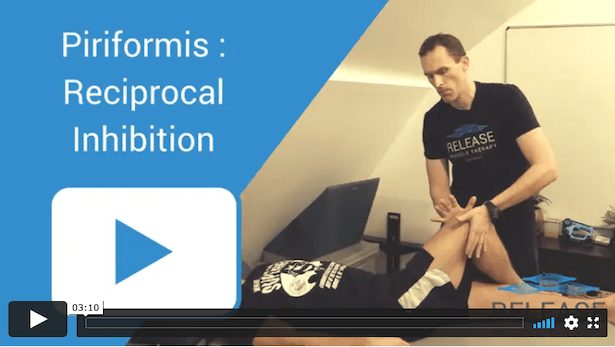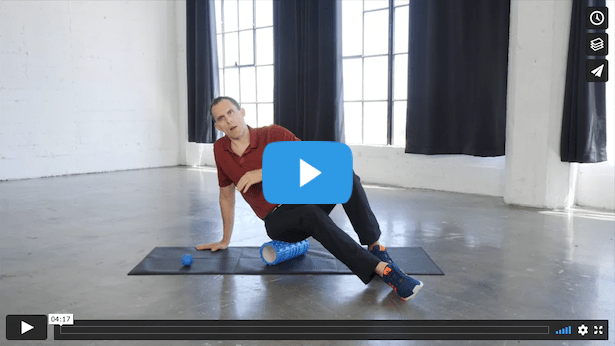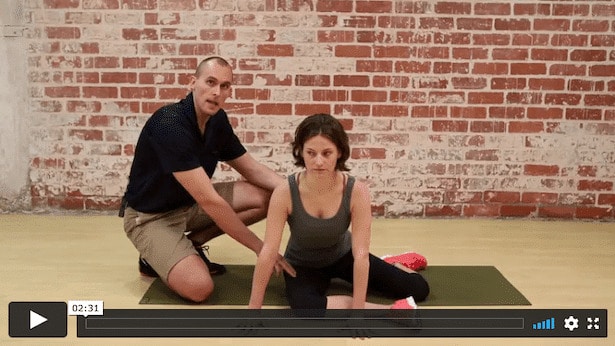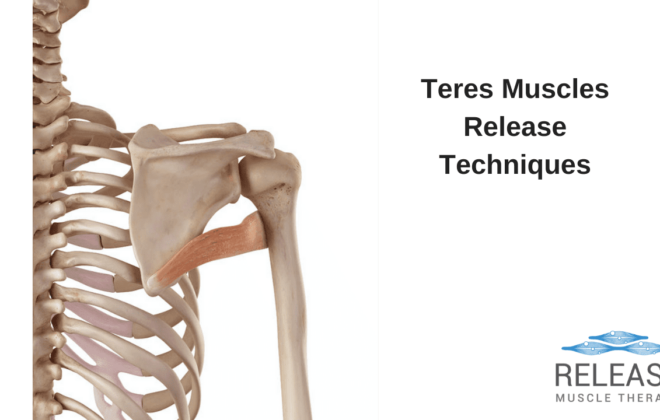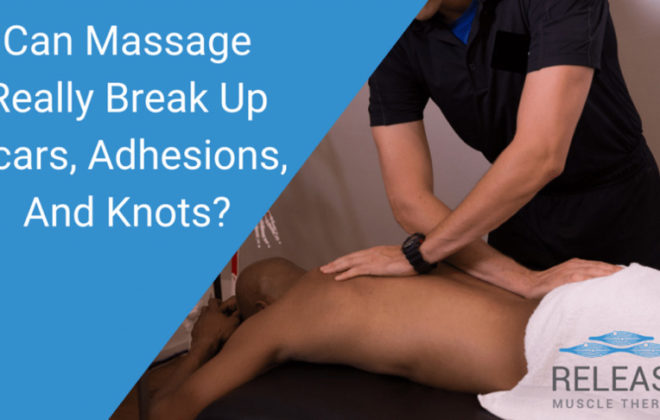Piriformis Release – Top 8 Techniques To Reduce Painful Trigger Points
Piriformis Release – Top 8 Techniques To Reduce Painful Trigger Points
The piriformis muscle (included with 5 other muscles) is an external rotator of the hip and a very influential muscle of the pelvis. It connects the sacrum to the femur bone (thigh) and is often associated with a variety of lower back, sacroiliac, and hip issues, as well as sciatica pain.
If during an assessment excessive posterior pelvic tilt, sacroiliac joint region pain, sciatica-type symptoms, IT band issues, or flexibility issues of the hip are found, piriformis massage may be indicated.
If during an assessment excessive posterior pelvic tilt, sacroiliac joint region pain, sciatica-type symptoms, IT band issues, or flexibility issues of the hip are found, piriformis massage may be indicated.
How to know if you need to release your piriformis:
- Lower back pain
- Sacroiliac joint pain
- Sciatica
- Hip pain
- Posterior pelvic tilt
- Pelvic pain
- Piriformis syndrome
Piriformis Muscle vs. Sciatic Nerve
The piriformis muscle plays an instrumental role in stabilization of the pelvis and hips. Due to its ability to assist in decelerating internal rotation of the femur, it should also be assessed in dysfunctional hips, knee pain, and also mechanical issues as far down as the foot.
Piriformis syndrome is a very common diagnosis which often confused with sciatic pain. While some symptoms can overlap, sciatic nerve pain originates from the spine, and is associated with numbness or tingling down the leg.
Piriformis pain tends to stay localized to the buttocks, and is open directly made worse with aggressive stretching or exercises involving the glutes.
Piriformis Muscle Anatomy And Function
Piriformis Trigger Points
Piriformis trigger points are very common and relatively easy to locate. These sensitive points are capable of referring pain down the backside of the leg. Due to this phenomenon, trigger point activity may be mistaken for symptoms of sciatica.
It is important to note, the concept of trigger points and their relationship to pain is a point of high debate. Regardless, it appears helpful to address these sensitive areas with trigger point piriformis release techniques, at least for temporary relief.
Specifically, piriformis trigger point release can be attained by using simple neuromuscular techniques such as positional release technique, ischemic compression, or muscle energy techniques.
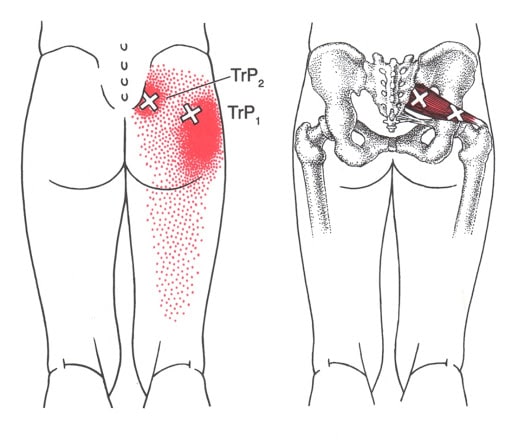
Top Tips For Dealing With Piriformis Pain
- Avoid crossing your legs and generally sitting with your knees too close together
- Avoid excessive aggressive stretching of the piriformis
- Intense strength training exercises that fatigue the already painful and sensitive tissues
- Emphasize placing the affected side leg into external rotation to allow the muscle to passively shorten and relax (see below)
- Use a cane or walking sticks temporarily to assist if painful to walk
- Use passive therapies such as heat or ice, pain relief creams, or TENS to calm down nerves and promote circulation
- Strengthen the other gluteal muscles and reduce over-activity of antagonist muscles
Best Reviewed Foam Cushion For Piriformis Relief
#1 Piriformis Relief Position
When piriformis pain is just too aggravated and sensitive to stretch or exercise, sometimes the best thing to do is simply get into a position of relief.
One of the best ways to do this is by laying face down and placing the affected leg out to the side. This position allows the piriformis muscle to shorten, which can help relieve tension and allow it to calm down.
A small pillow can be placed under the hip to reduce lower back discomfort and allow a better position of rest. Usually 3-5 minutes is sufficient to allow a reduction in excess muscle tone, but it can be done for much longer if desired.
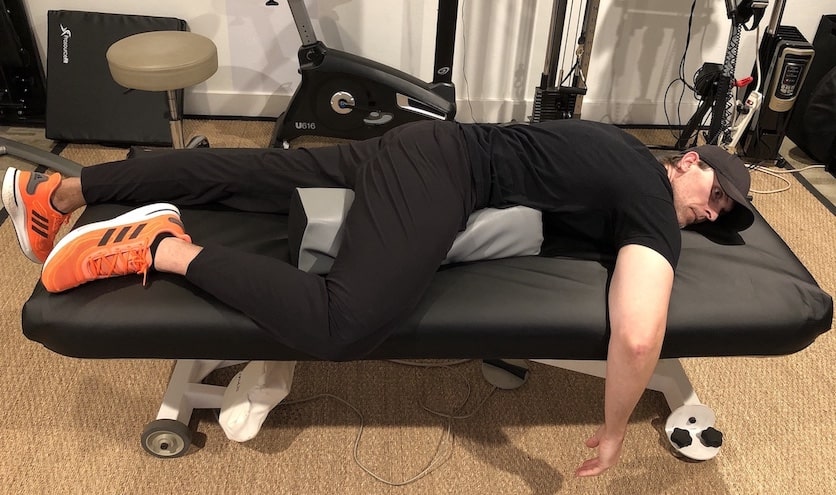
Left vs Right Side Piriformis Pain
Though you can experience piriformis tightness and pain on either side of the body, the process of getting relief may require a slightly different approach depending on the affected leg.
Asymmetry is normal and natural in the human body, and we tend to be more right-side dominant when it comes to weight bearing. On a weight bearing side, the hip is positioned into internal hip rotation.
The opposite hip is in a relatively externally rotated position.
When you consider the hips in these different positions, its easy to imagine the piriformis is in a slightly different length on each side. Thus stretching or strengthening may be a better option depending on the symptomatic side.
#2 Piriformis Muscle Massage Therapy
The piriformis muscle lies under the larger, more superficial glute muscles, so it can be challenging to directly reach with deep tissue massage work until those layers are relaxed.
This muscle is responsive to more gentle approaches, and does not need overly aggressive pressure to get results. Piriformis muscle massage is effective even with simple glides with thumbs or the elbow.
The fibers of this muscle connect to the anterior (front) surface of the sacrum bone, so they can challenging to fully address, which is why a combination of deep tissue massage for the piriformis and stretching work is often indicated for best results.
Piriformis Syndrome Massage Notes + Caution
Massage is often indicated for piriformis syndrome, and it can indeed be helpful, but I highly recommend it is done with low pressure.
Since the muscle is already aggravated, excessive intensity when treating this muscle can further increase sensitivity, pain, and guarding.
Piriformis syndrome massage requires a gentle, graded exposure approach in order to achieve the goal of restoring normal health and function to the area.
Since the intensity is generally low, it may be necessary to follow up with exercises and stretches to the get the piriformis muscle release to "stick" after the therapy session.
#3 Stretches For Piriformis - Version 1
The piriformis is an external rotator of the hip, but because of its location and hip mechanics, there are 2 different approaches to stretching the piriformis. In this first version, the emphasis is on adduction and hip flexion, which allows for release of the more superficial muscles and some of the external hip rotators.
#6 Piriformis Release - Reciprocal Inhibition
Reciprocal inhibition technique is a very powerful release technique for the piriformis and other external hip rotators because the groin (especially on the left!) is often inhibited and needs to be strengthened.
#7 Piriformis Self Massage with Foam Roll
You can also perform self myofascial release by foam rolling the piriformis, using a lacrosse ball, or a softball.
Any of these tools can be effective, and one may be preferred over the other depending on how sensitive the area is. The foam roller provides a soft surface, and the wider contact area makes it the most tolerable tool to start with.
Using a softball or lacrosse ball for piriformis release massage can be quite uncomfortable due to the more weight you will putting into the area per square inch. This will result in an inability to relax fully against the pressure, trigger guarding, and reduce the effectiveness of the therapy.
This is especially important to consider when self release techniques are included with piriformis syndrome treatment. Gentle, progressive techniques may be preferred in order to avoid aggravating the condition.
Tags In
Sam Visnic
Most Popular Posts
Categories
- Deep Gluteal Pain Syndrome (8)
- Deltoids (2)
- Foam Rolling (2)
- Glutes (9)
- Hamstrings (5)
- Hypnosis for Pain (3)
- Lats (2)
- Levator Scapulae (4)
- Lifestyle (8)
- Massage Therapy (39)
- Mobility (21)
- Movement and Exercise (19)
- Muscles (22)
- Nutrition (2)
- Obliques (1)
- Pain (25)
- Pectorals (3)
- Piriformis (3)
- Plantar Fasciitis (11)
- Psoas (11)
- Quadratus Lumborum (3)
- Quadriceps (2)
- Rhomboids (3)
- Sciatica (1)
- Serratus Anterior (1)
- SI Joint (14)
- Sternocleidomastoid (1)
- Stretching (18)
- Subscapularis (1)
- TMJ (2)
- Trapezius (1)
- Uncategorized (12)

